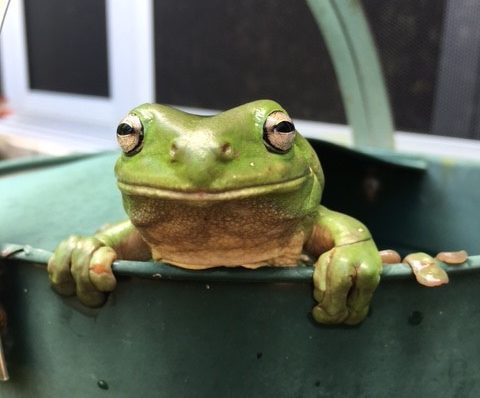It’s not quite the plague of biblical proportions but Sunshine Coast residents are noticing a big jump in frog numbers this summer.
Common tree frogs have been leaping into people’s houses, congregating in backyards and gripping to windows like never before.
Readers of sunshinecoastnews.com.au have been sending in photos of the amphibians in suburbia including a recent iphone shot at Meridan Plains by Lorraine Stocker (above).
Some residents have experienced frogs entering their homes in groups when doors are left open and showing no fear as they interact with pets.
But according to ecologist Jono Hooper, the frogs people are witnessing in their gardens have been there the whole time.
They’ve just been hidden away hibernating or chilling in secret spots, waiting for the summer rains which signal it’s time to come out and start breeding.
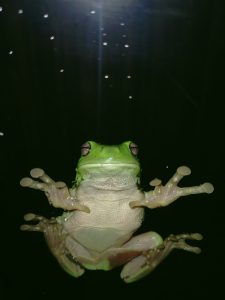
Mr Hooper said tree frogs were very well adapted to living in suburbia and would spend the daytime hidden in drainpipes, under leaf litter, in tree hollows or other dark cool places.
They would come out at night to eat and when the rains came they would emerge in numbers to mate and lay their eggs.
“(The increase in frog sightings) is largely due to the wet season,” explained Mr Hooper, who publishes the Frogging Around blog.
“In December there was double the average rainfall on the Sunshine Coast and then January had average rainfall.
“Once their breeding places are filled with water, they will be out after a storm and you’ll notice them more.”
Support local news by receiving our FREE daily news bulletin. Simply subscribe at the top of this article
Mr Hooper said frogs would lay their eggs in or near pools of water such as ponds, ditches and depressions in the ground.
The eggs may be set in a sticky white froth or clear gel and can hatch within days to release tadpoles.
The tadpoles then slowly metamorphose and grow lungs and legs over a period of up to 10 weeks in warm weather before they hop away and the water dries up.
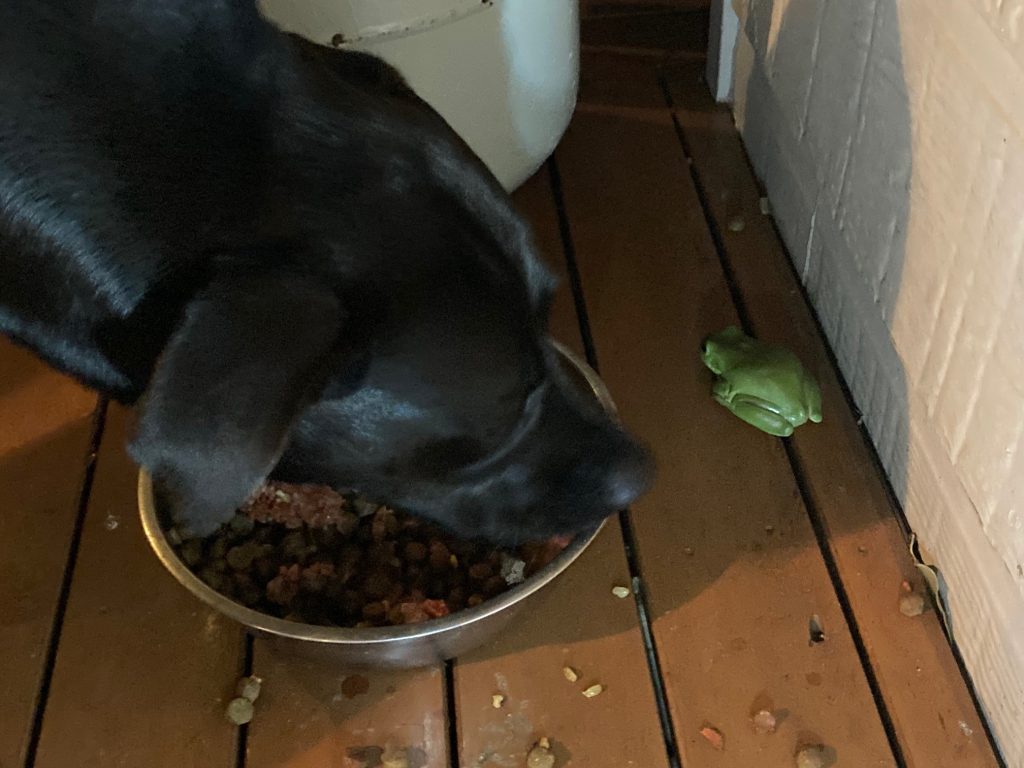
While tree frogs are the most commonly sighted species, Mr Hooper said there could be three or four species in your backyard on the Coast including the striped marsh frog, eastern sedge frog and graceful tree frog.
Mr Hooper suggested going out at night with a torch to survey what species are hanging around and consider installing a frog pond or “frog hotel” (see below) to encourage species to visit.
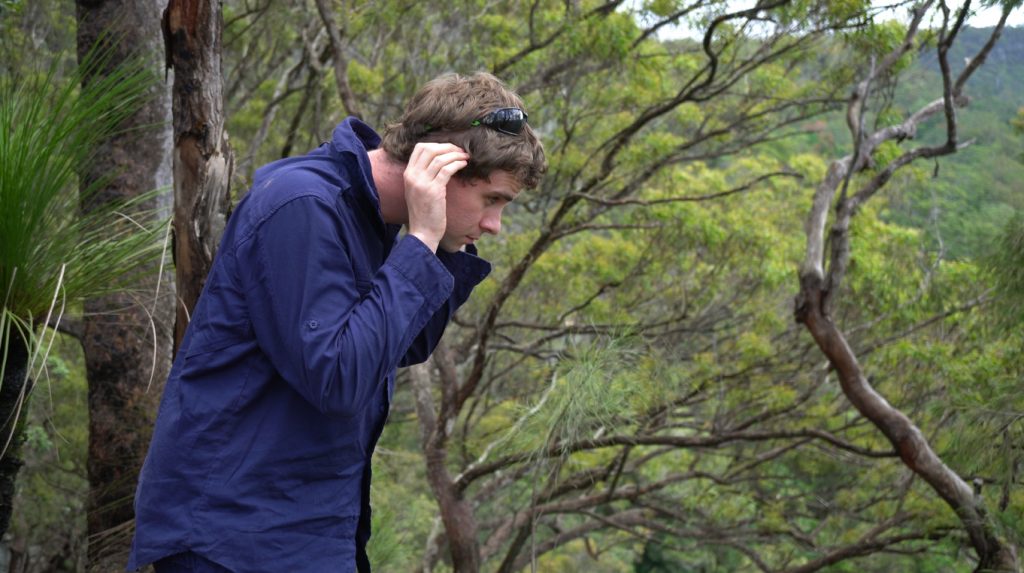
He discouraged picking up frogs because chemical residue and oils on our hands could irritate their sensitive skin.
It was also wise to avoid using chemical sprays and herbicides in the garden, he said.
“Leave some areas of your garden undisturbed. If it’s all perfectly mown there’s not much wildness and frogs are left with fewer places to hide in the day time,” he said.
“Think of what was the landscape before Europeans arrived – wild with lots of nooks and crannies – and keep some of that and don’t fill in the depressions.”
The Queensland Frog Society has advice on installing a small frog pond in your yard to encourage breeding and increase frog numbers and species.
Another trend which has recently taken off in Australia is installing a frog hotel using PVC drain pipe.
Frog Hotel
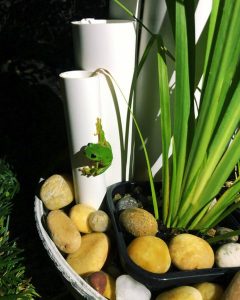
Frog hotels encourage frogs to visit your yard by giving them a safe space to hide and are are designed for tree frogs that can easily climb up the pipes.
The Wildlife Preservation Society of Qld says the most common species you might see visiting your frog hotel in Queensland would be green tree frogs, eastern dwarf tree frogs, bleating tree frogs, and desert tree frogs.
Steps to building a Frog Hotel (by the Wildlife Preservation Society of Qld)
Materials
- PVC pipes in 3-4 different widths
- Bowl or tub that will hold water (if your chosen pot/tub has a drainage hole at the bottom, seal this with silicone)
- Small gravel or pebbles
Optional:
- Native water plants
- Large river stones or decorative rocks
- Solar light
Step 1. Cut your PVC pipes to random different lengths and sand back the cut edges so they are smooth.
Step 2. Arrange the pipes how you would like them to look in your chosen bowl or tub.
Step 3. Hold the pipes in place and scoop in the small pebbles/gravel around them until they stand upright on their own. Some additional gravel can be put inside each pipe for extra support.
Step 4. If you are adding a water plant, place it now so that the rim of the pot sits just below the edge of the outer bowl.
Step 5. Fill the rest of the bowl with the gravel, or decorative rocks or river stones if you would like.
Step 6. Fill the pipes and bowl with water. Your frog hotel is now ready for guests to check-in.


